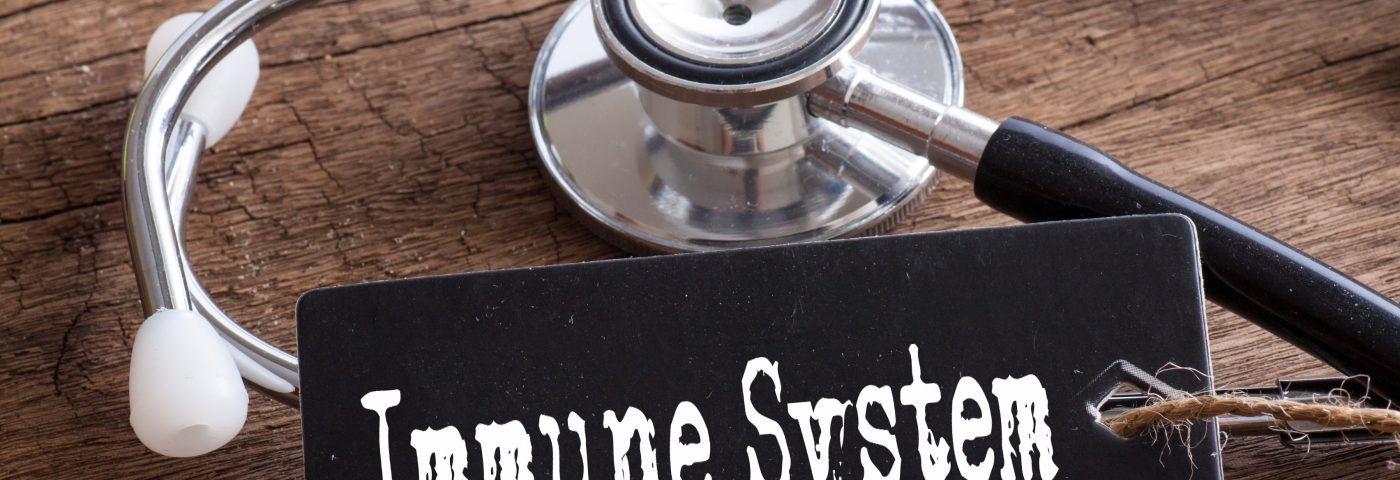A view of the two parts of our immunity — the innate and adaptive immune systems — as two separate entities, with little or no communication between each other, was recently quashed by scientists from the University of Queensland in Australia. The researchers demonstrated that the systems do indeed interact, and the findings will likely lead to new insights into autoimmune and inflammatory conditions such as inflammatory bowel disease (IBD), caused by inappropriate activation of the immune system.
Adaptive immunity is present only in more highly developed life forms, while innate immunity is the more ancient of the two. “Innate immunity is so old it goes all the way down to frogs, fish and even insects,” Prof. Matt Cooper, a co-author of the study, said in a press release.
The innate immune system uses inflammatory cells and mechanisms to prevent us from getting infections, but for reasons still unclear, the processes sometimes go awry, and instead cause disease. To better understand why, researchers around the world are learning more about how the different parts of our immune system function.
One attempt, leading to the recent study, “T helper 1 immunity requires complement-driven NLRP3 inflammasome activity in CD4+ T cells,” may even be called groundbreaking. The research team showed that the prevailing picture — in which innate immune cells, such as macrophages, detect invading pathogens, alerting adaptive immune cells, such as T-cells, to launch a reaction killing the pathogens — is too simplified.
The report, published in the journal Science, showed that T-cells, in turn, can activate innate immune system components known as the complement, leading to the formation of innate immune structures called inflammasomes.
The team showed that in T-cells from both mice and humans, the activated complement and inflammasomes interacted to help T-cells kill intracellular bacteria — results that have broad implications for inflammatory diseases.
“Current treatments are not always effective, possibly because they are only blocking one of the key pathways and inflammation still occurs through the other pathway,” Cooper said.
To test this idea, researchers developed two substances, each with the ability to block one of the pathways. So far, the team has shown that the substances reduce inflammation when given separately.
“This work is still in the early stages, but we are hopeful our ongoing research will lead to more effective treatments for the millions of IBD sufferers,” Cooper concluded.

